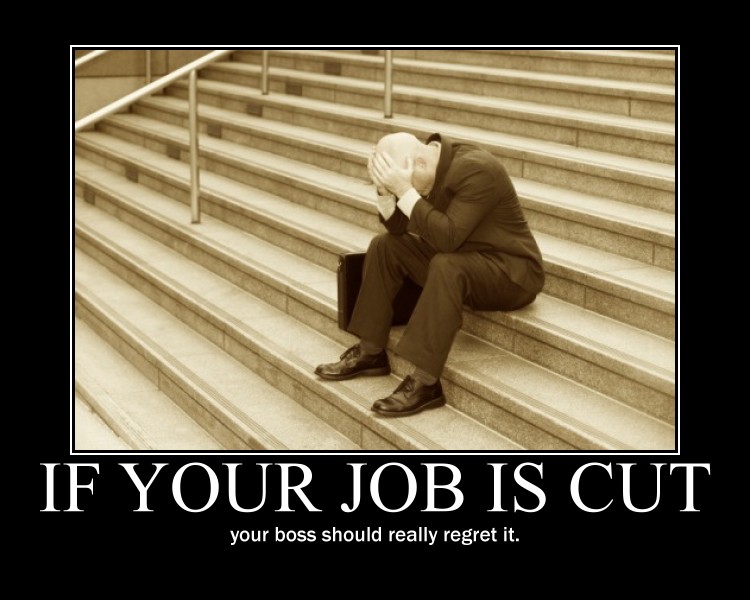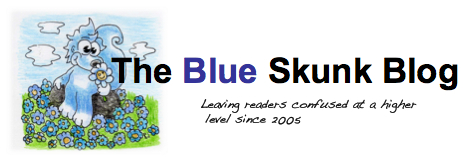Is Texas the new bell weather state?
 Tuesday, January 25, 2011 at 06:31AM
Tuesday, January 25, 2011 at 06:31AM Make that "bellwether." See comment below...
These are tough times for state governments. Huge deficits loom almost everywhere, from California to New York, from New Jersey to Texas.
Wait — Texas? Wasn’t Texas supposed to be thriving even as the rest of America suffered? Didn’t its governor declare, during his re-election campaign, that “we have billions in surplus”? Yes, it was, and yes, he did. But reality has now intruded, in the form of a deficit expected to run as high as $25 billion over the next two years.
And that reality has implications for the nation as a whole. For Texas is where the modern conservative theory of budgeting — the belief that you should never raise taxes under any circumstances, that you can always balance the budget by cutting wasteful spending — has been implemented most completely. If the theory can’t make it there, it can’t make it anywhere. Paul Krugman, The Texas Omen, NYTimes, Jan 6, 2011
You have to starve the Beast. That's one of the most important things about tax cuts. If you leave the money in Washington, it's going to be spent.Steve Chabot
I feel Miguel Guhlin's pain. He has vociferously been fretting about the proposed budget cuts in education in his home state of Texas. These are concerns, I'm afraid, that many, many of us in a lot of states will be sharing over the next few years. Are we building the fence on the wrong Texas border? ;-)
Eventually, I hope, the public will wake up to the fact that "starving the beast" of government spending is actually starving one's own relatives, neighbors and friends who have government jobs or have jobs that are dependent on government contracts. I believe people will not be happy when their roads, schools and security all rapidly deteriorate on a starvation diet. But then I am no political scientist and P.T. Barnam's advice to never underestimate the intelligence of the American public has never rung more true.
In the meantime, perhaps it's time to revisit some job retention strategies. The last big round of school librarian layoffs was around 2005 here in Minnesota. At the time, I wrote "When Your Job is on the Line" for our Minnesota folks and modified it for national publication in LMC. Here are it's major points:
- Learn the timeline for your district’s budget adjustment process.
- Let your state school library association president and any regional chair of that organization know as soon as possible when library staff cuts are considered in your district.
- Contact your teacher organization representative and check your state’s laws regarding library media programs.
- Distribute and discuss “library advocacy” information with your building administrators, superintendent, school board members and site teams.
- Begin developing a short statement outlining the consequences to students and staff of the potential cuts to your program.
- Begin getting commitments from district teachers, parents and students willing to write and speak in opposition to the possible library staffing reductions.
- Arrange for a state school library media association spokesperson to write and/or speak on your behalf to your superintendent, school board and community.
- Keep doing your very best despite the possible cuts.
Of course, an ounce of prevention is better than a pound of cure. Ongoing efforts can make your library media program less likely to be the target of budget reductions. Make sure you are already doing the things below.
- Build and maintain a library media program that teaches critical information and technology literacy skills, builds student literacy rates, and supports all classrooms and curricular areas.
- Serve the needs of your teaching and administrative staff through instructional collaboration, technology training and support, and filling requests for professional materials.
- Establish a school library media program advisory board comprised of a wide range of stakeholders (including parents) that meets on a regular basis to discuss goals, policies, and budgets.
- Create long-term goals and annual objectives that are supported by the principal and teachers and are tied directly to your building’s goals. Enacting long-range plans and multi-year strategies or projects makes it difficult to change horses in midstream.
- Build a mutually supportive relationship with your principal.
- Track and report to your administrator the use of your library media program, especially in terms of units of teaching, collaboration, and specific skills you, yourself, teach.
- Communicate regularly and formally with administrators, teachers, students, parents and the community about what happens in your library program, through newsletters and e-mail. Communicate through e-mails and notes to individuals on "I thought you'd like to know about this..." topics.
- Have an ongoing involvement with your parent-teacher organizations.
- Serve on leadership, curriculum, technology and staff development teams in your building and district.
- Be active in your teacher professional organization and remind officers that as a dues-paying member, you deserve as much support as the classroom teacher.
- Be involved in the extra-curricular life of the school, attending school plays, sporting events, award ceremonies etc. Be visible! (I think it helps to be an active member of the community belonging to a church or other religious organization, community service group, and/or volunteer groups. It’s harder to fire a friend and neighbor than a stranger.)
- Be active in your state school library association by attending conferences and regional events, reading its publications, volunteering for positions in the organization, and attending its legislative functions.
Effective school librarians are too important to too many children to let budget reductions that affect staffing just “happen.” We all need to get active and heed the words of Dylan Thomas – “Do not go gentle into that good night.”
Oh, I suspect much of this applies to technology integration specialist positions as well.
Any additional advice for avoiding having one's position reduced?










